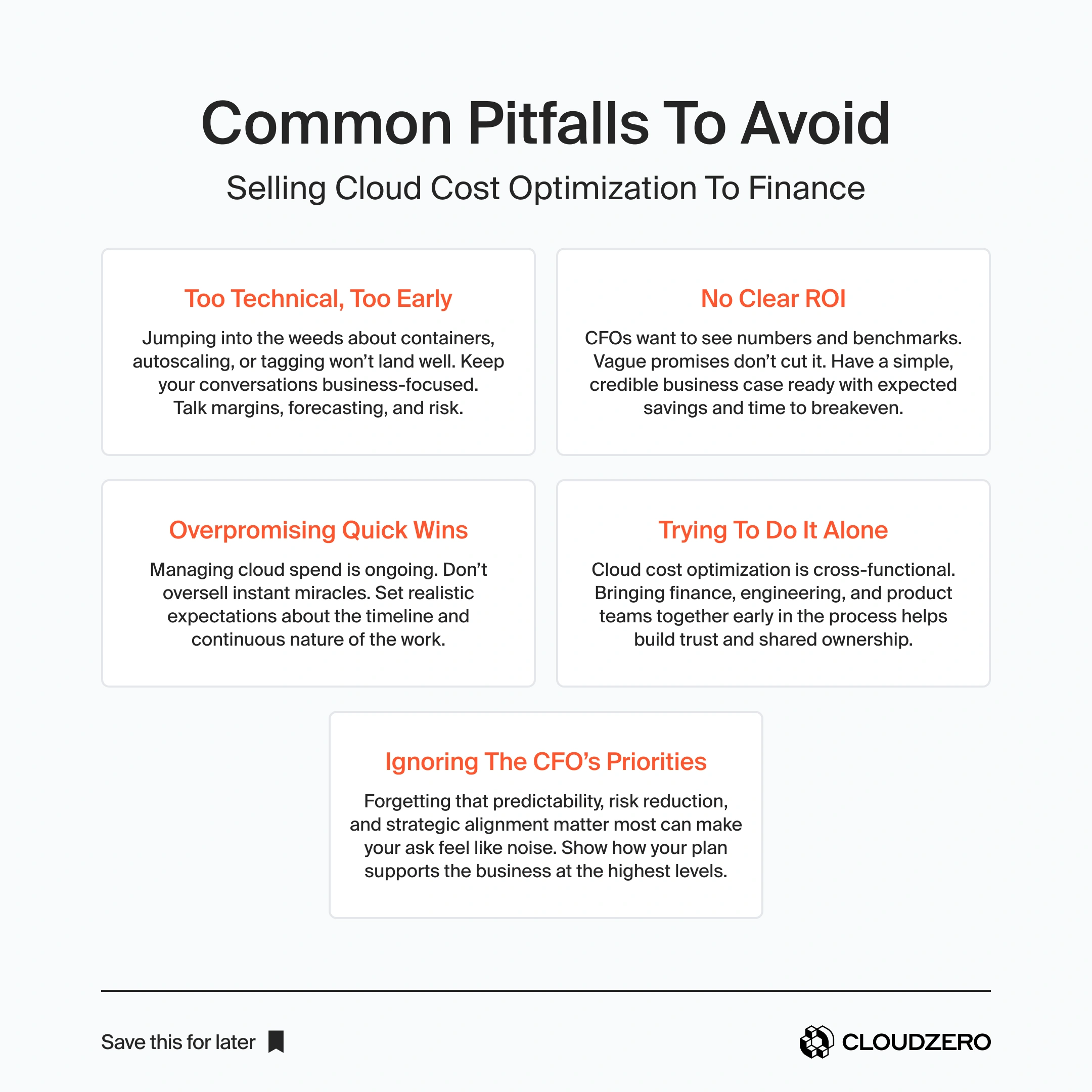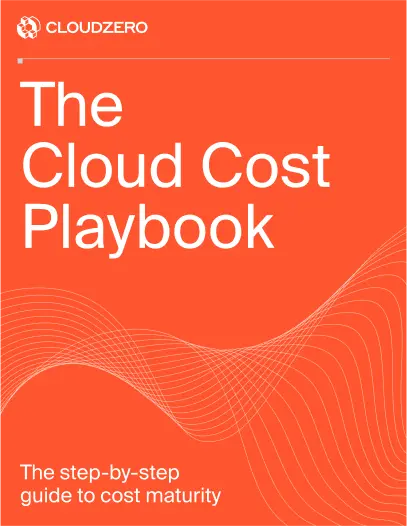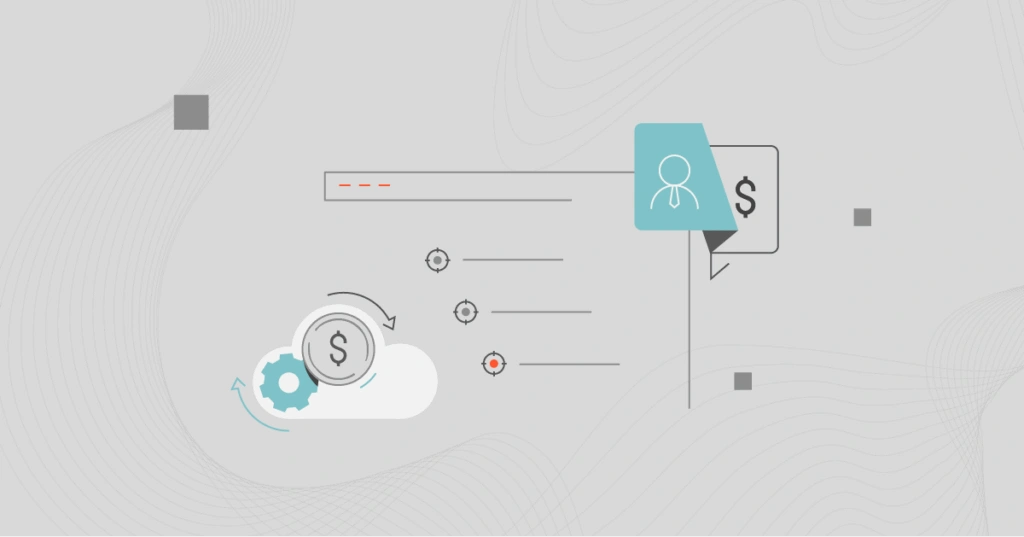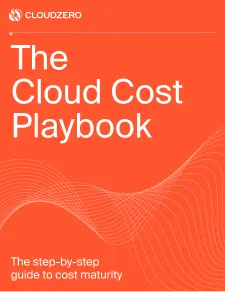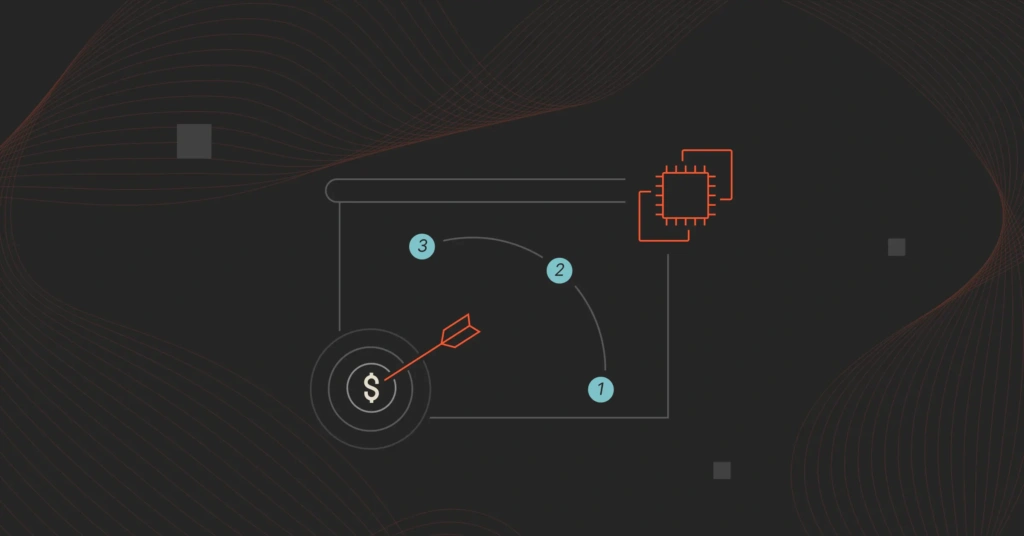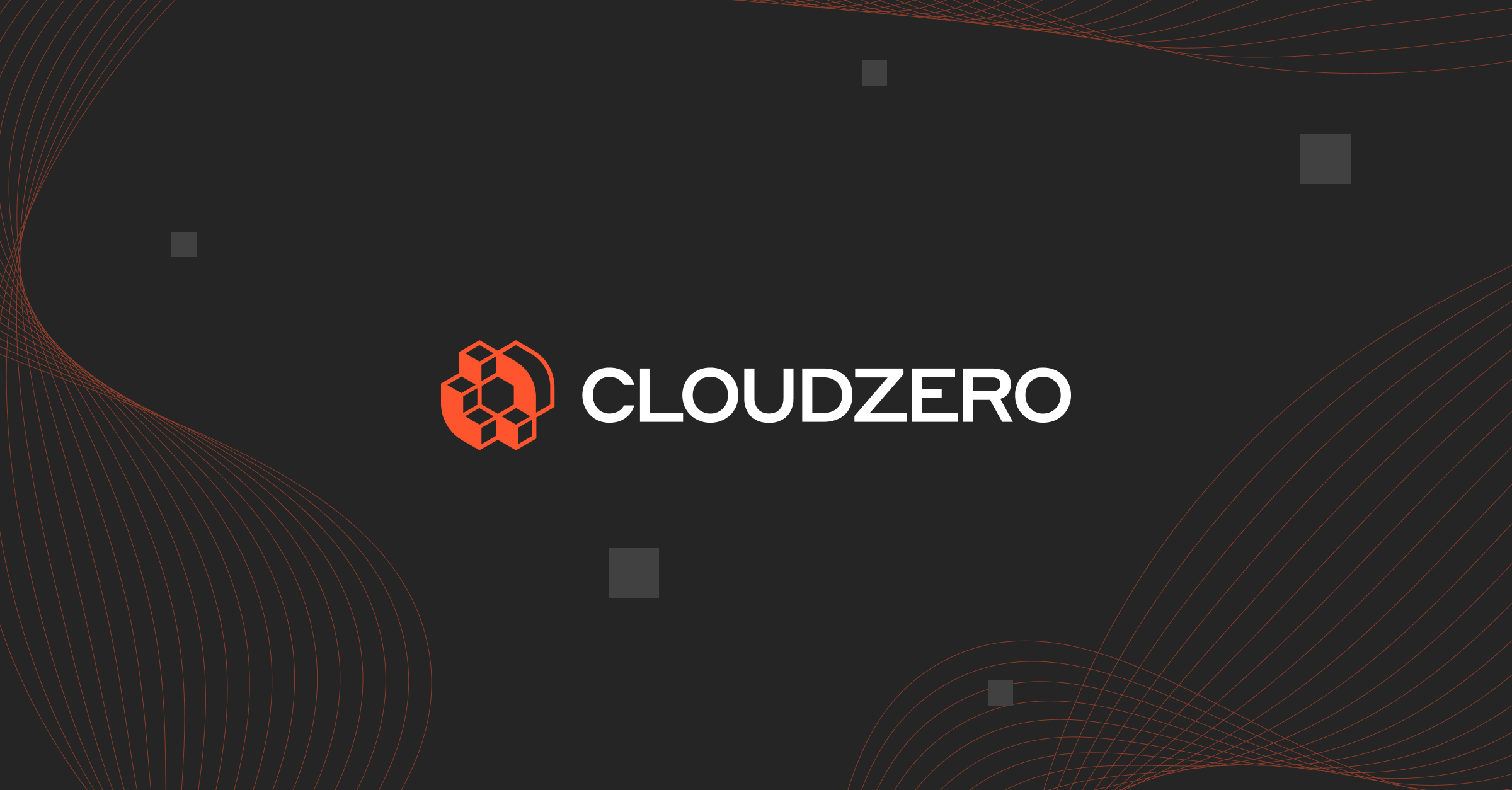You know you’re bleeding money in the cloud.
Maybe not everywhere, but enough to feel it. Your engineers know it too.
You’ve got idle resources humming away, AI workloads scaling like wildfire, and nobody can quite explain why last month’s bill jumped by 17%.
So, you bring up the idea of investing in a cloud cost optimization product.
Cue the skeptical glance from your CFO.
“Isn’t this just a one-time cleanup?”
“Won’t it slow the team down?”
“Can’t we just … spend less?”
Your CFO isn’t against saving money. Far from it.
But if you’re going to get buy-in, you need to speak their language and connect cloud optimization to the outcomes they care about most.
Let’s walk through how to do exactly that.
Start With What They Care About
If your pitch starts with “We need better tagging” or “Kubernetes costs are out of control,” it’s over before it begins. That’s the wrong language to use.
CFOs think in terms of:
- Gross margin
- Forecast accuracy
- Runway extension
- EBITDA targets
- Strategic flexibility
They don’t care how you reduce cloud spend. They care why it matters to the business.
A good litmus test? If you can’t tie your optimization effort to a line item on the company’s income statement or to a number your board obsesses over — it’s time to reframe.
Here’s how to translate technical cost talk into strategic language so your CFO actually listens:
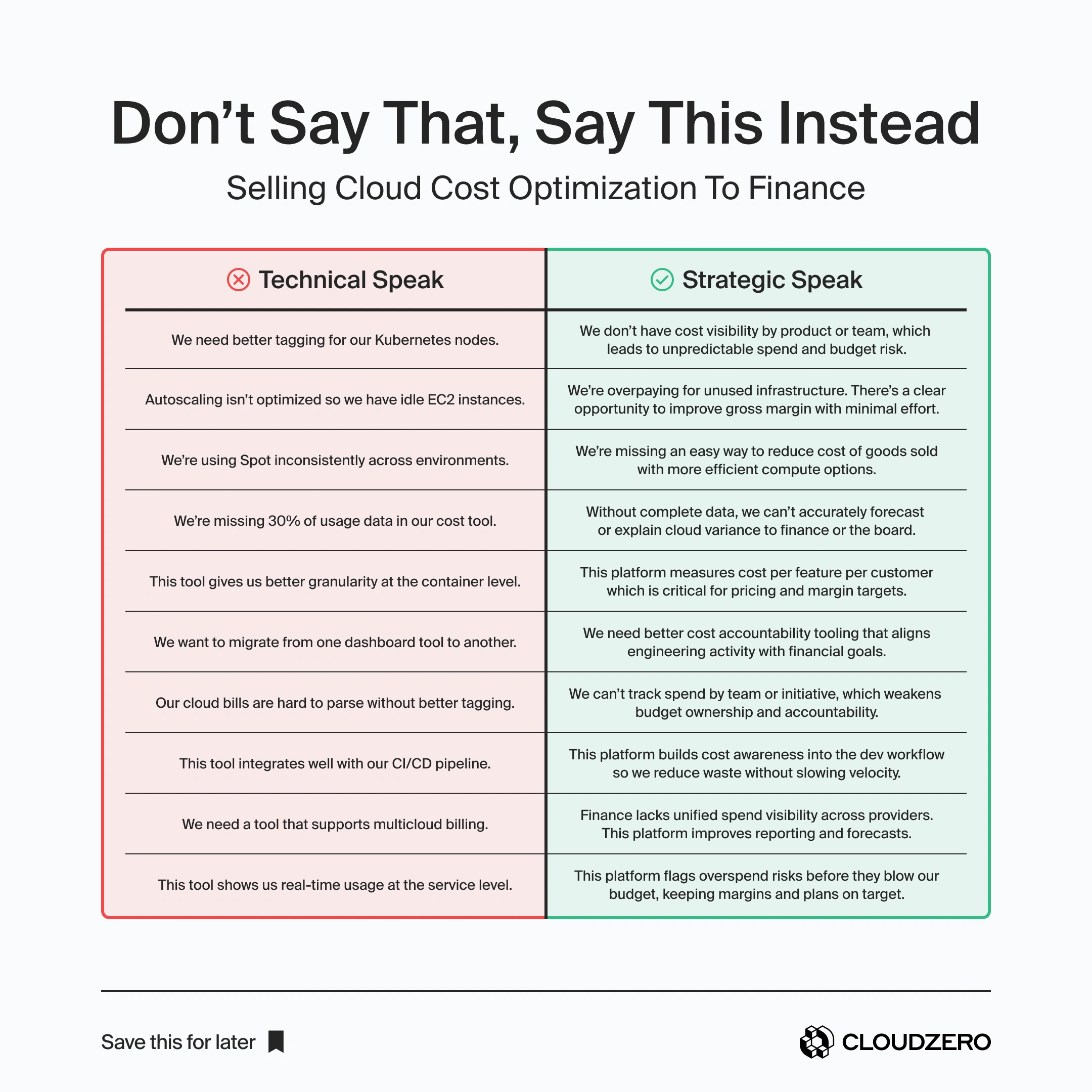
Reframe It As A Growth Lever, Not A Cost-Cutting Play
Too many teams sell cloud cost work as belt-tightening. “We’ll spend less,” they say. That’s true — but incomplete.
Here’s a better angle:
“We’ll improve margins and free up budget to accelerate the roadmap.”
Take AI workloads, for example. They can be powerful but they’re also unpredictable and expensive. A well-run FinOps program gives you the guardrails to scale responsibly. And that means your CFO can greenlight AI investments without lying awake at night worrying about a seven-figure overage.
Cloud cost control isn’t a drag on growth. It enables it.
Predictability Is The Magic Word
Here’s something your CFO may never say out loud but thinks constantly:
“I don’t mind spending money. I just want to know what we’re spending and why.”
Forecasting is sacred in finance. If you blow past your cloud budget by 30% because of vague reasons like “increased usage” or “infra scale-up,” you erode trust.
That’s where cost visibility comes in. Tools that show spend by feature, product, or team don’t just help engineering — they make cloud costs forecastable. Trackable. Explainable. And that’s pure gold to the person building the company’s financial model.
If your CFO has ever asked “Why did this bill spike and how do I know it won’t happen again?” and no one had a good answer … this is your moment.
Related read: Check out our CFO Cloud Cost Metrics guide for the most crucial metrics and KPIs every finance leader should track to manage cloud spend effectively.
Treat Cloud Like A Risk Factor
Cloud isn’t just a cost — it’s a liability when it’s unmanaged.
We’ve seen companies get burned by surprise bills from generative AI pilots, test environments left running, or autoscaling configurations gone wild. These aren’t just mistakes. They’re risks to your margins. Risks to your credibility. Risks to your strategy.
By framing cost optimization as risk mitigation, you shift the conversation. You’re not just trying to “clean up some waste.” You’re protecting the business from volatility.
That’s a conversation your CFO is always willing to have.
Make The Business Case Simple
You don’t need a 20-slide deck. Just give them this:
- Investment: $50,000 annually (tools, process, time)
- Expected ROI: $300,000 in savings (conservative estimate)
- Payback: 2 months
- Strategic benefit: Increased margin, better forecasting, and room in the budget for innovation
CFOs don’t love spending — they love smart spending. If the math checks out and the risk is low, most will greenlight the initiative.
Especially if you can start small.
Paint The Before And After
It helps to show what success actually looks like. Not just in dollars but in control, clarity, and confidence.
| Stage | What It Feels Like | What You Get |
| Before | You’re reacting to cost spikes, arguing over line items, and hoping next month looks better. | Chaos. Frustration. Mistrust. |
| Midway | You’ve got tagging in place, dashboards up, and a regular cadence with finance. | Visibility. Quick wins. Trust building. |
| Optimized | Cloud costs are mapped to products and teams. Finance and engineering speak the same language. | Predictability. Strategic control. Growth. |
Your CFO doesn’t need perfection. But they do want progress.
Expect Objections And Be Ready
If you’re serious about getting this approved, be proactive. Here are a few common pushbacks and how to meet them:
“Why now?”
Cloud costs are rising fast, especially with AI in the mix. Waiting only makes the problem bigger and harder to fix.
“Isn’t this engineering’s job?”
It’s everyone’s job. But without cross-functional ownership, costs just drift. FinOps practices bring accountability across teams.
“Is it worth the effort?”
That’s $250,000 to $500,000 back in the budget — plus cleaner forecasts and stronger margins. Hard to argue with that.
Objections handled? Good. Now prove it’s worth doing.
Bring Proof, Not Just Passion
CFOs love numbers and they love comparisons.
- “Companies with strong FinOps programs spend 20-30% less on cloud, on average.”
- “This benchmark shows best-in-class SaaS companies keep cloud infrastructure under 25% of COGS.”
- “Our peers are getting board pressure to improve margins. This puts us ahead of the curve.”
When in doubt, anchor your case with benchmarks and real-world examples.
The Words That Make CFOs Listen
Here’s the truth: many engineering leaders know they need their CFO on board but freeze when it’s time to ask.
Make it easy on yourself. Use something like this:
Subject: Proposal to improve cloud efficiency and forecasting
Hi [CFO Name],
I’ve been digging into our cloud usage and I believe there’s a clear opportunity to optimize spend without impacting velocity.
With a modest investment in tooling and cross-team visibility, we could reduce our cloud costs by 20-30%, improve forecast accuracy, and increase gross margin.
I’d love to share a short plan that outlines the potential ROI and next steps. Let me know if you’re open to a 20-minute walkthrough.
[Your Name]
It doesn’t need to be dramatic. It just needs to be clear.
The Real Win
Getting cloud costs under control isn’t about slashing budgets.
It’s about running the business with precision.
It’s about trust between teams.
It’s about freeing up resources to build what actually matters.
When you frame it that way, you’re not asking for permission — you’re offering a solution.
And that’s exactly what CFOs want to hear.
To tie it all together, here’s a quick recap of the most common mistakes that trip teams up when making the case — and how to avoid them:
